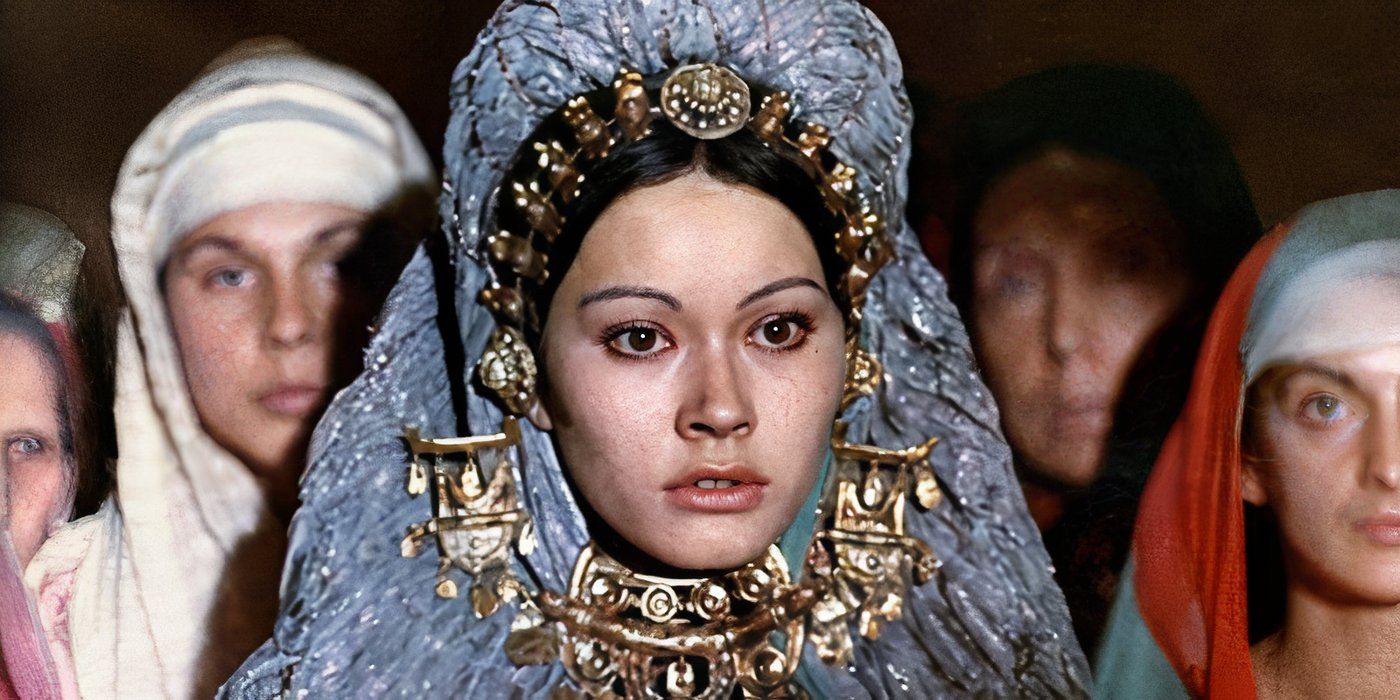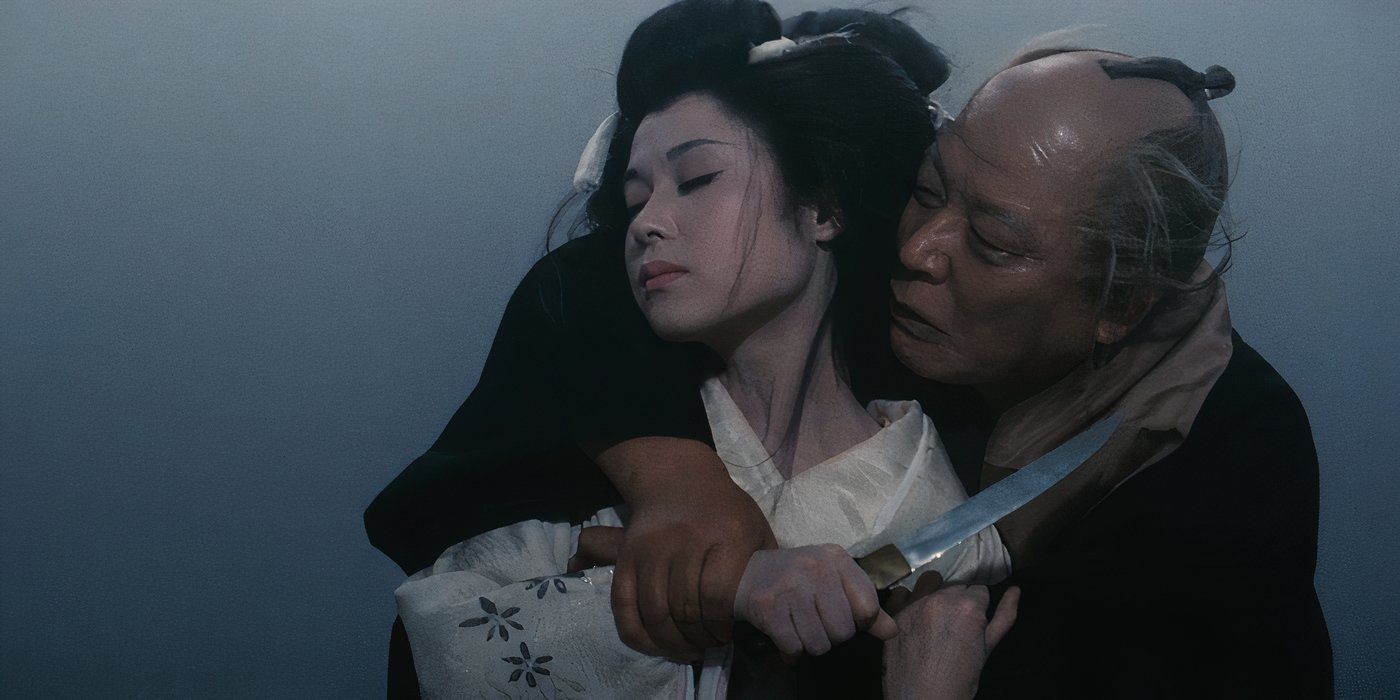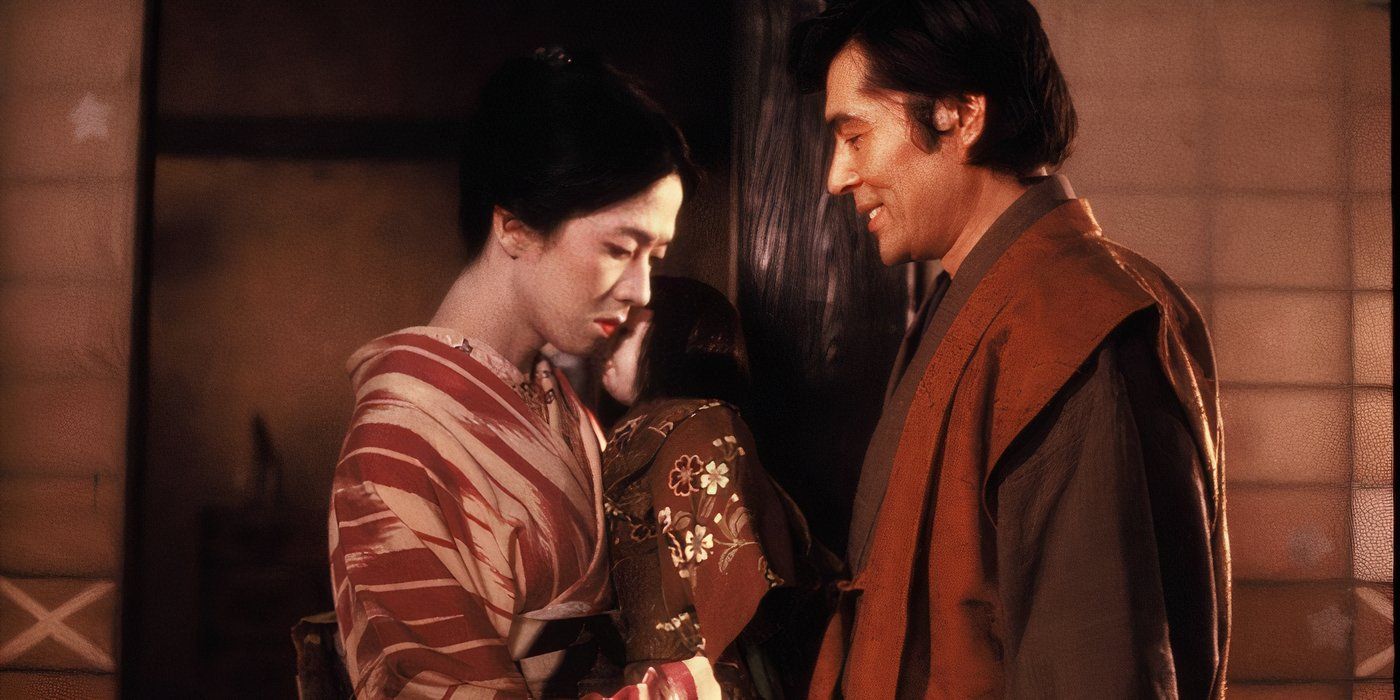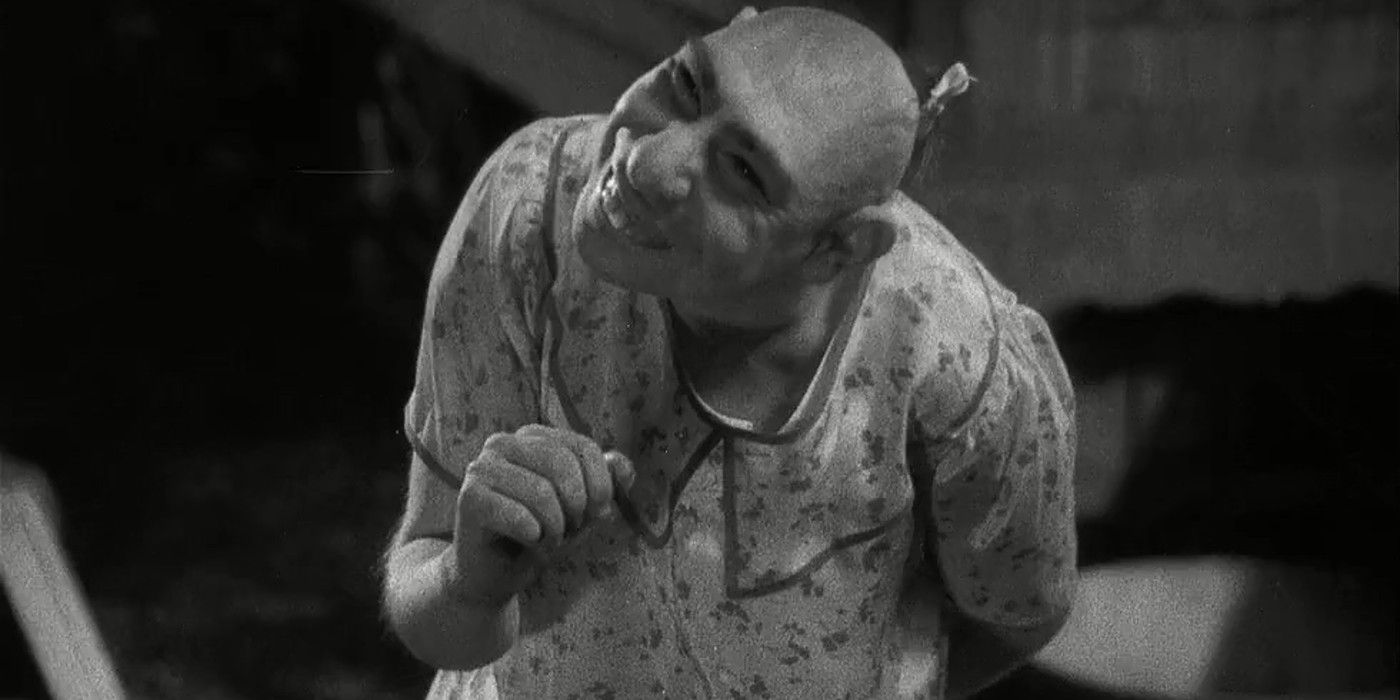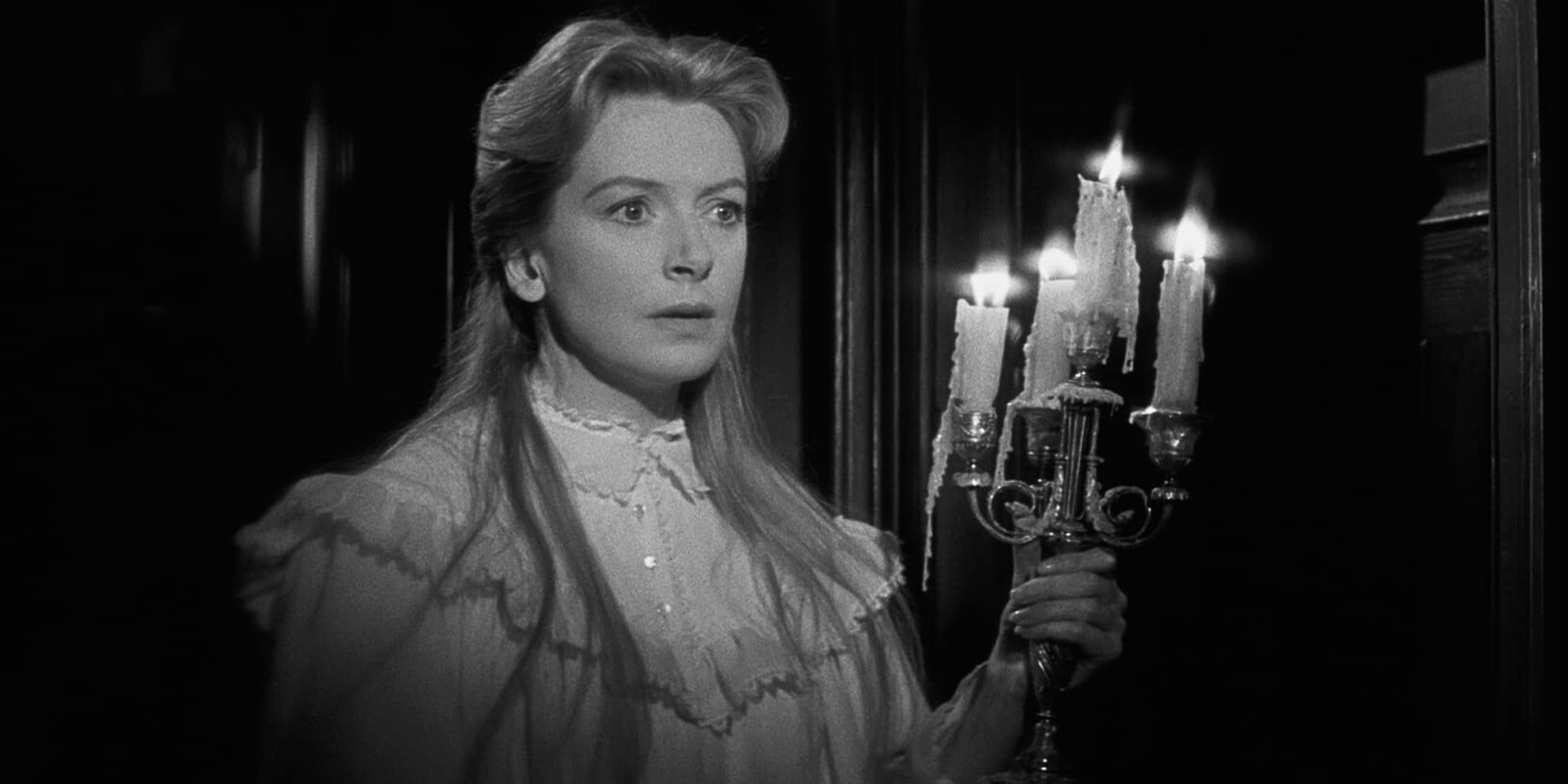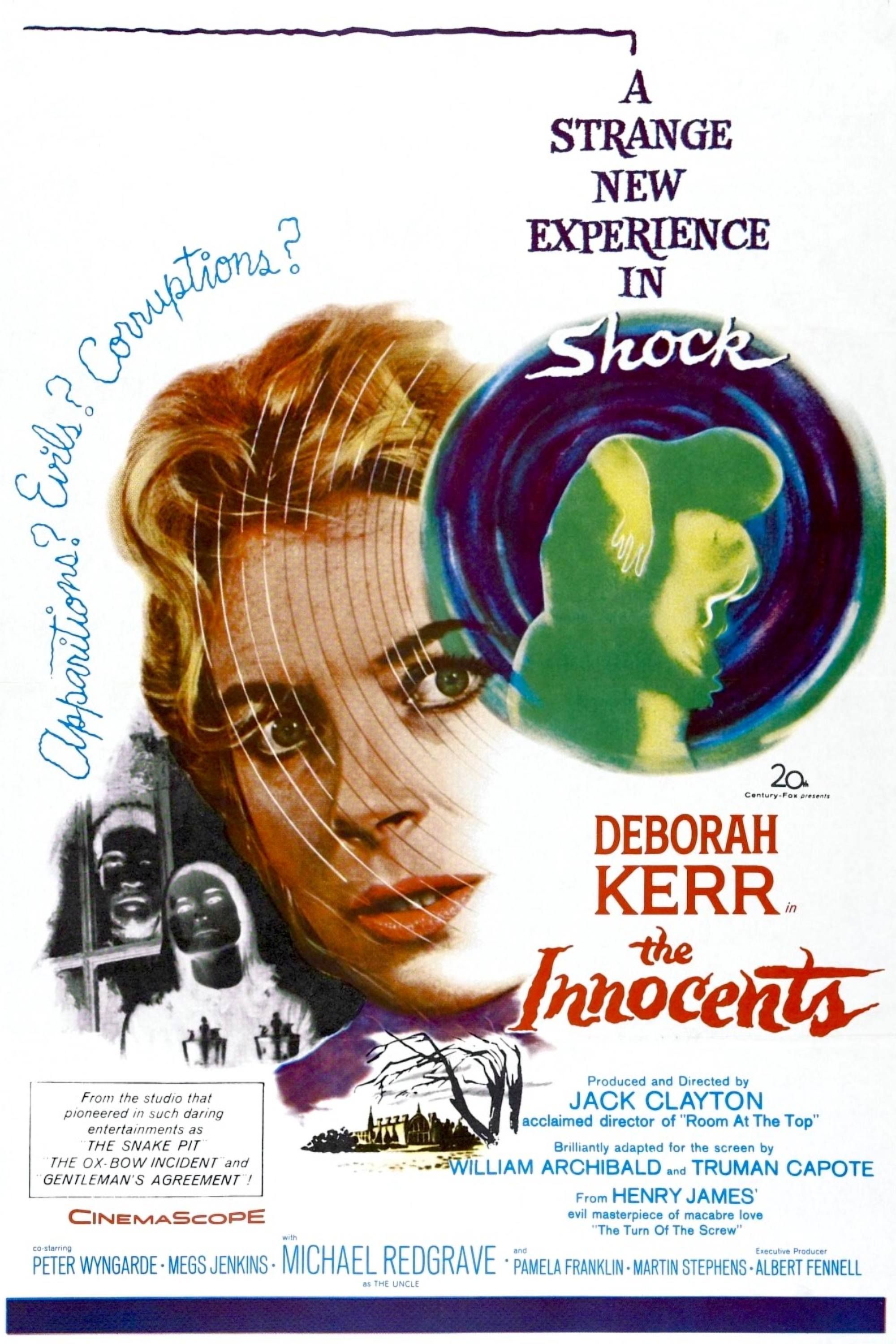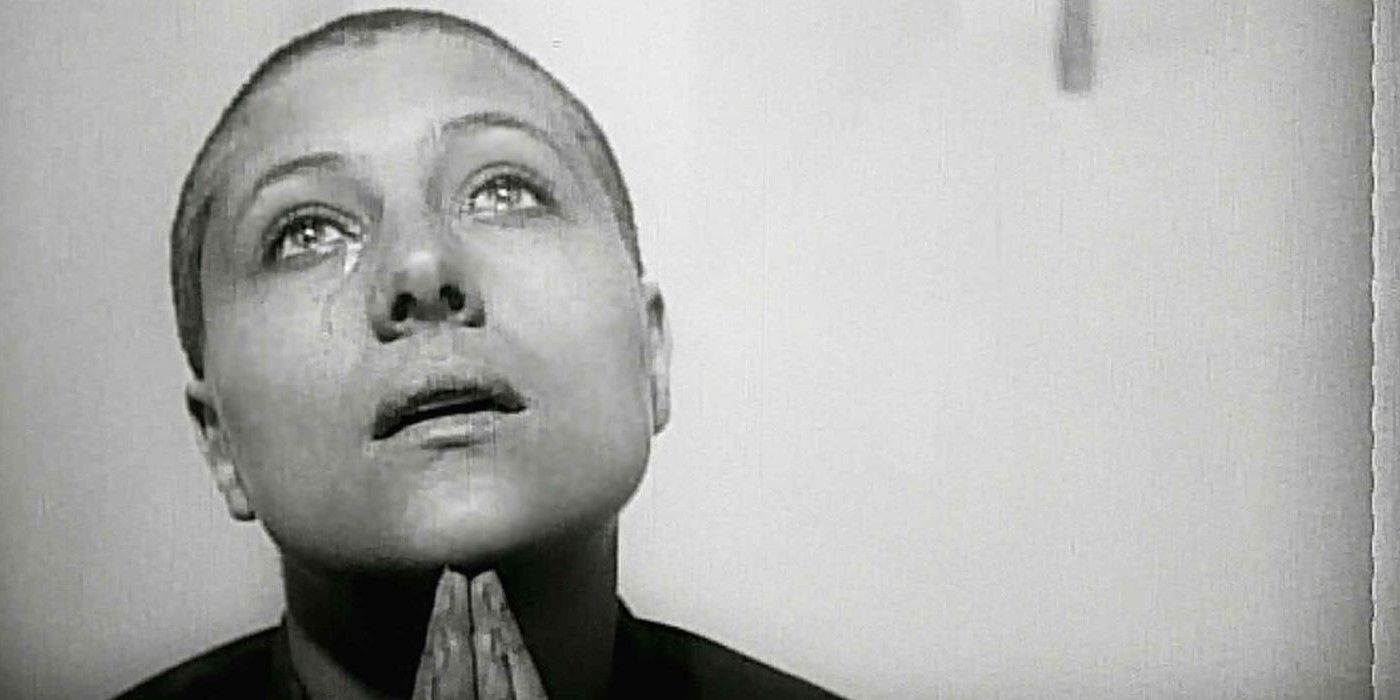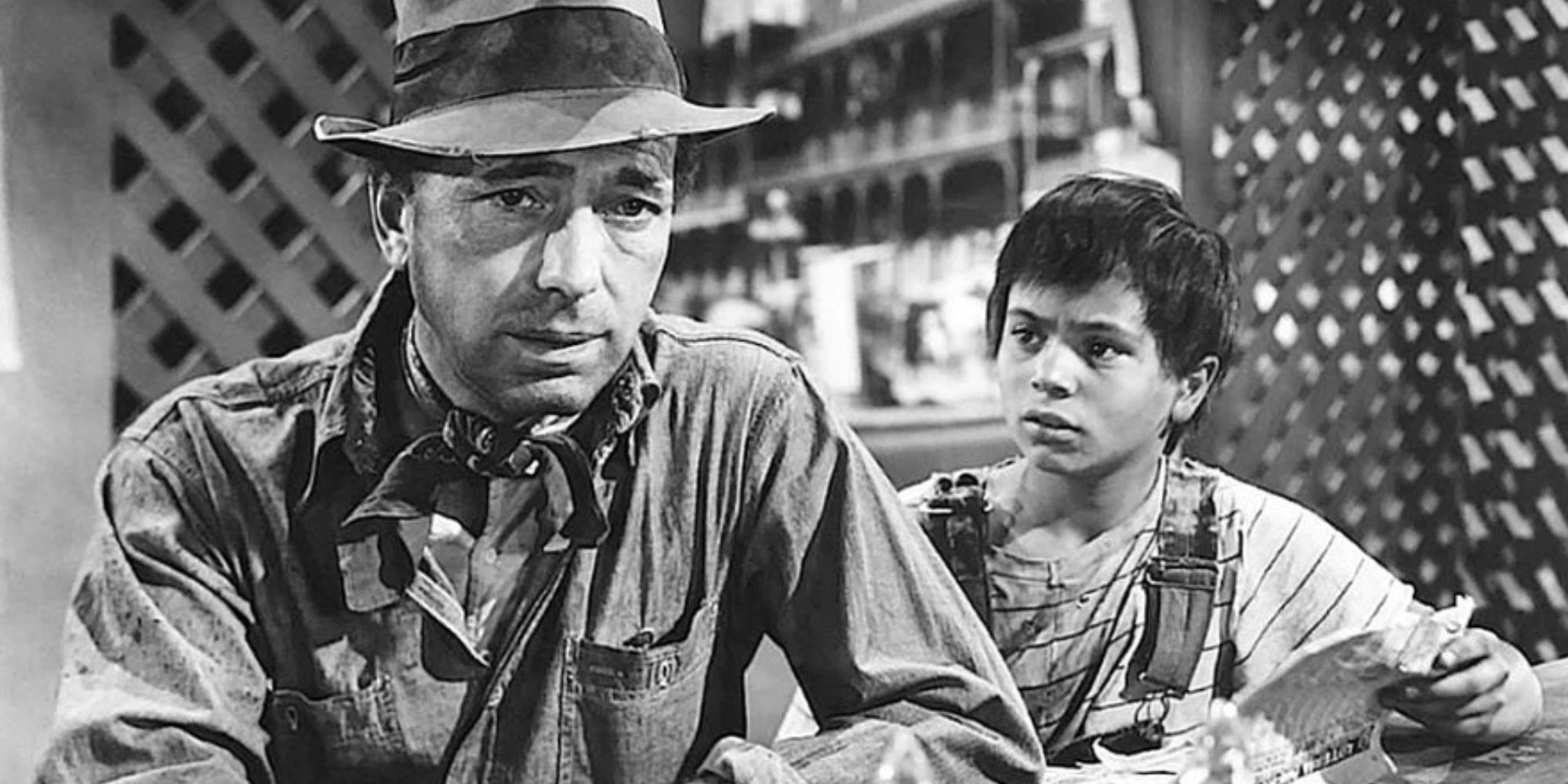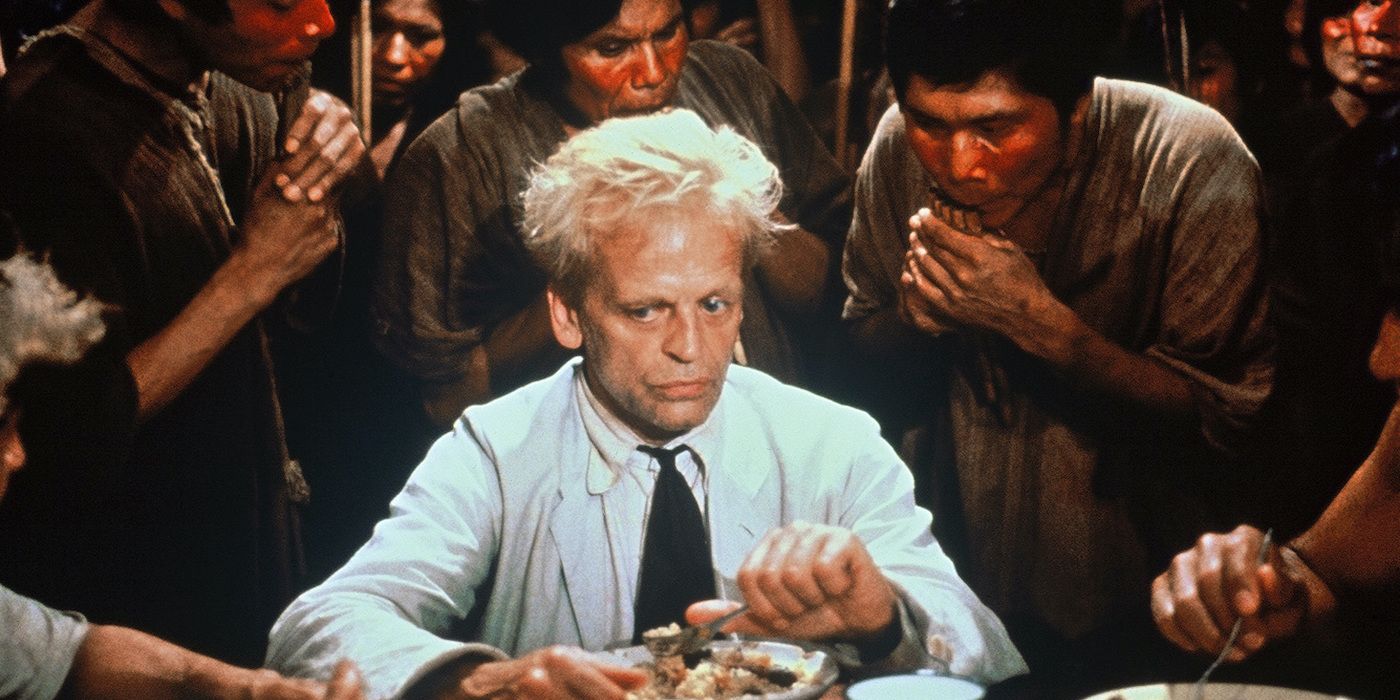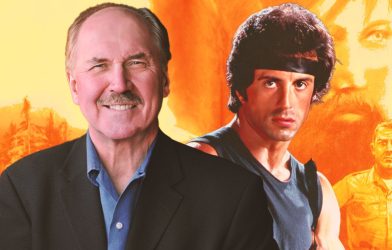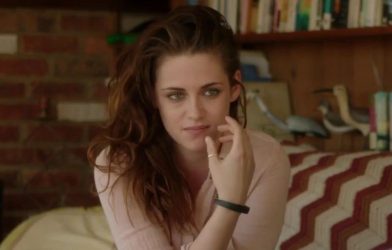Robert Eggers is one of the most important directors of the moment. He’s only made four features so far, but they’re all impressive, from the elevated folk horror of The Witch to the grand reimagining of Nosferatu. He looks set to craft many more gems in the years to come, reflecting his wide-ranging cinematic tastes and affection for classic cinema.
His admitted passion for cinema means that Eggers is also an intriguing source of movie recommendations, though his favorites tend to be black-and-white and decades old. From the striking compositions of The Color of Pomegranates to the spiritual torment of The Passion of Joan of Arc, Eggers’s movie recommendations showcase his admiration for artistic ambition and thematic depth. This list will discuss some of Eggers’ favorite movies; there won’t be a ranking, instead presenting them as a series of helpful suggestions from one of modern cinema’s best.
10
‘The Color of Pomegranates’ (1969)
Directed by Sergei Parajanov
“I am the man whose life and soul are torment.” The Color of Pomegranates is less a traditional feature film and more a moving painting filled with striking imagery and poetic storytelling. It explores the life of Armenian poet Sayat-Nova through a series of surreal, dreamlike tableaux that defy conventional storytelling. The film resists easy interpretation, favoring abstraction over narrative.
Every frame is meticulously composed, filled with symbolism drawn from Armenian culture, religious iconography, and folk traditions. But it’s all fragmented and impressionistic, avant-garde to the core, something which displeased the Soviet authorities for whom director Sergei Parajanov worked. It even landed him a few stints in prison. “Parajanov is a really fascinating filmmaker who is really into recreating folk culture with a lot of detail,” Eggers said during a visit to the Criterion closet. “He does these beautiful tableaux that are interpretations of the art from the world he’s trying to articulate and bring us into, and it’s really spectacular.”
9
‘Medea’ (1969)
Directed by Pier Paolo Pasolini
“What kind of man are you? Are you not afraid of the gods?” Medea is a raw retelling of the tragic Greek myth from the mind of Pier Paolo Pasolini, director of the controversial art horror Salò, or the 120 Days of Sodom. It follows the vengeful sorceress Medea (Maria Callas) as she aids Giasone (Giuseppe Gentile) in his quest for the Golden Fleece, only to be abandoned by him later. Her wrath is swift and brutal, leading to a climax of devastating retribution.
Medea sticks to the classic plot but abandons the traditional dialogue, leaning more into visual grandeur and striking color schemes. Eggers praised “the worlds that Pasolini creates with Piero Tosi, the costume designer, and Dante Ferretti, the production designer,” as well as the music. “Pasolini is taking music from all over the place […] It’s really evocative to see what he does with it.”
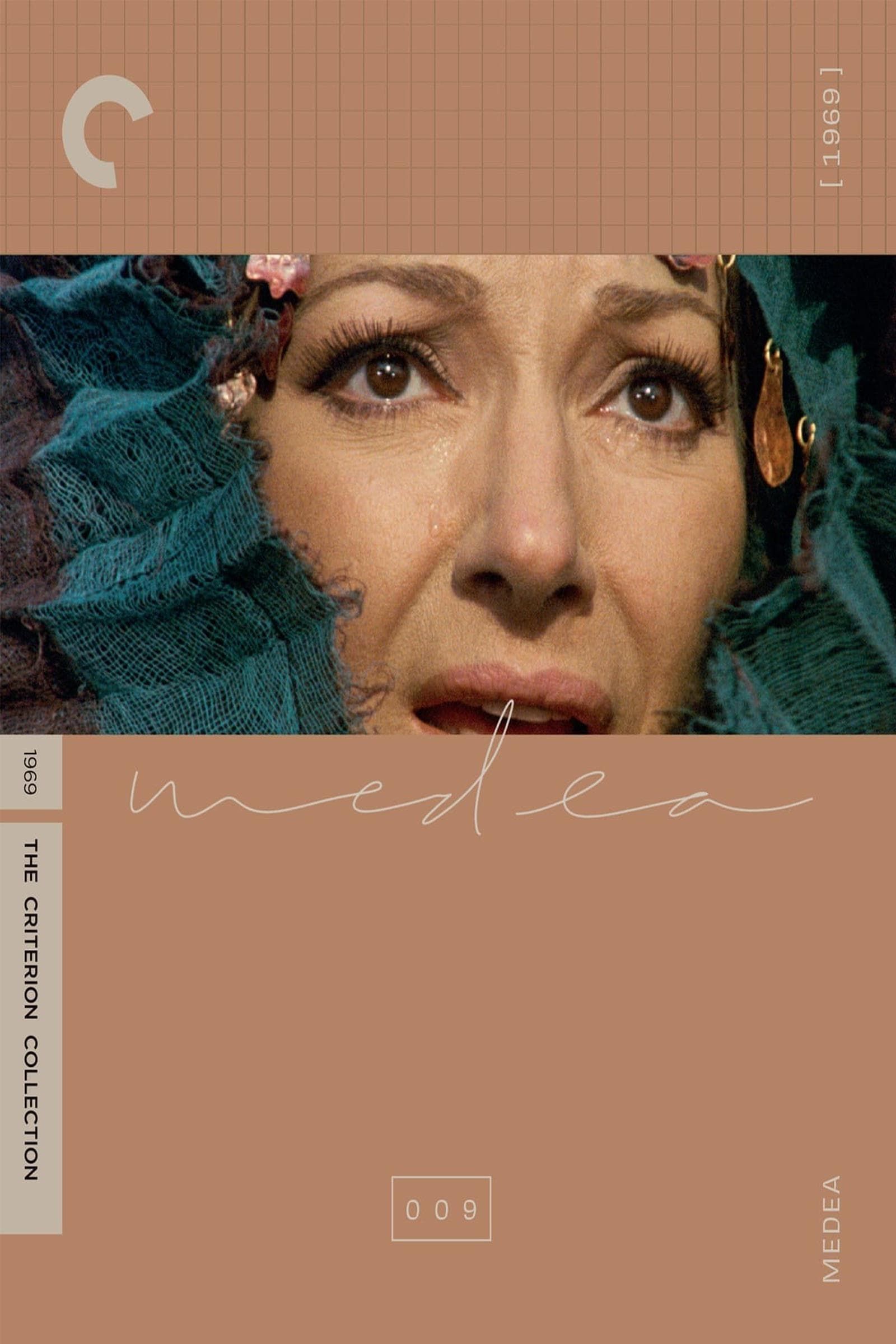
Medea
- Release Date
-
December 28, 1969
- Runtime
-
106 Minutes
- Director
-
Per Paolo Pasolini
8
‘Death in Venice’ (1971)
Directed by Luchino Visconti
“Beauty belongs to the realm of the spirit; only the spirit is immortal.” Death in Venice is a melancholic and visually sumptuous film about composer Gustav von Aschenbach (Dirk Bogarde) as he becomes infatuated with a young boy while vacationing in Venice. As he grapples with his feelings and his deteriorating health, the city itself is struck by a cholera outbreak. Death in Venice is an arthouse classic, frequently ranked among director Luchino Visconti‘s very best work.
The plot might be a little too slow for some viewers, but anyone can appreciate the beautiful, haunting imagery, particularly of the city itself. “Maybe my favorite Visconti movie,” Eggers said of it. “I love Dirk Bogarde. His performance is incredible.” The story goes that the studio executives were unhappy with the movie when they saw the director’s cut, though one of them praised the music. Visconti said it was composed by Gustav Mahler, to which the producer supposedly replied, “We should sign him!”
7
‘An Actor’s Revenge’ (1963)
Directed by Kon Ichikawa
“Even the life of a rat is precious to it.” An Actor’s Revenge is a dazzlingly stylized tale of vengeance and performance. It revolves around Yukinojo (Kazuo Hasegawa), a famed actor who specializes in female roles, as he enacts a slow and calculated revenge on the men who destroyed his family. However, innocent people risk being harmed by his schemes. The film blends theatricality with cinematic innovation, using bold colors, dramatic lighting, and exaggerated set designs that evoke kabuki theater.
The script is more than a little melodramatic, but the cinematography really is something, conjuring up a dreamlike mood. The themes are also striking for the time, standing out from most other Japanese historical movies of the 1950s and ’60s. “Kazuo Hasegawa was a really illustrious kabuki actor, and he plays male and female roles,” Eggers said. “It’s really powerful and really cool. And the gender dynamics? Fascinating.”
6
‘Demon Pond’ (1979)
Directed by Masahiro Shinoda
“The pond awaits. The spirits never forget.” Demon Pond is a folk horror movie rooted in Japanese mythology. The story follows a traveling scholar (Tsutomu Yamazaki) who stumbles upon a remote village cursed by a powerful water spirit. The villagers live in constant fear, performing rituals to appease the demon pond, yet the curse lingers, growing stronger with each passing day.
Demon Pond is notable for the dual role played by Tamasaburo Bando, who is both the mage Yuri and the spirit Princess Shirayuki.
This story has strong parallels with legends from around the world, featuring demanding spirits, sorceresses, dragon appeasement, human sacrifice, a magical bell, and the threat of a god-inflicted flood. The movie is notable for the dual role played by Tamasaburo Bando, who is both the mage Yuri and the spirit Princess Shirayuki. Martin Scorsese was reportedly a big fan of Bando’s work in Demon Pond. Eggers admitted that he hadn’t yet seen the full movie but praised the parts he had seen, especially “clips of this crazy parade of creatures.”
5
‘Freaks’ (1932)
Directed by Tod Browning
“Gobble gobble, we accept her, one of us!” Freaks is an infamous and frequently misunderstood film by Tod Browning (who also made 1931’s Dracula with Bela Lugosi). It’s about a traveling circus troupe featuring real-life sideshow performers and follows a tragic tale of betrayal and vengeance. The movie was hated on release, but critical reevaluations have been more positive, finding Freaks to be a celebration of its offbeat characters rather than an exploitation of them. The real villain is the cruel outsider who dares to underestimate them.
The movie went on to become influential, with many horrors borrowing ideas from it (most notably American Horror Story, which copied the pinhead characters entirely). Eggers recommended the entire Criterion Tod Browning box set, saying, “The special features are insane. Definitely check this out if you’re a Tod Browning fan, if you’re a Univeral horror fan, if you’re a silent movie horror fan.”
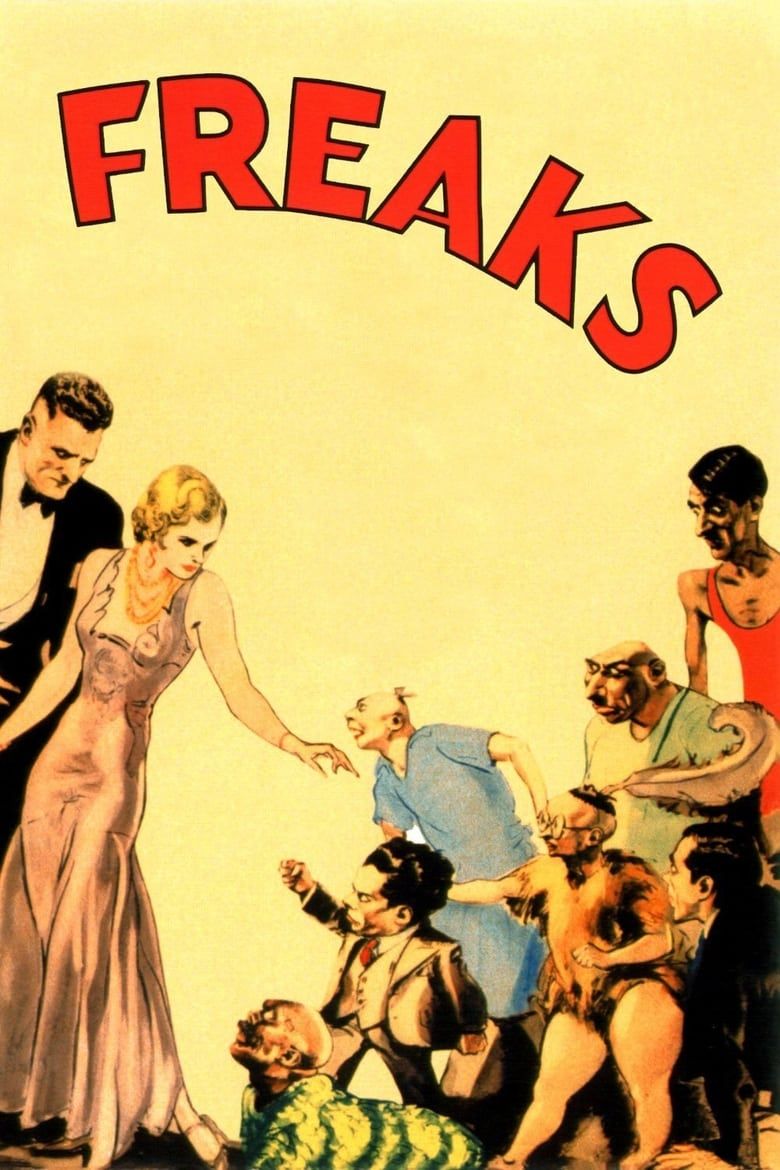
Freaks
- Release Date
-
February 12, 1932
- Runtime
-
66 minutes
- Director
-
Tod Browning
4
‘The Innocents’ (1961)
Directed by Jack Clayton
“Do you believe in ghosts?” The Innocents is an elegant ghost story following Miss Giddens (Deborah Kerr), a governess who begins to suspect that the two children in her care are being possessed by malevolent spirits. As eerie occurrences escalate, the line between reality and imagination begins to blur. The horror tale unfolds in a gothic slow burn, with psychological terror and an abundance of mood. The Innocents is one of the most respected entries in this subgenre.
The performances are restrained and believable, adding to the impact, and the screenplay (co-written by Truman Capote) is razor-sharp. Plus, the shadowy black-and-white visuals add another dimension of unease. “This is one of my favorite films. I watch it like twice a year, probably,” Eggers said. “I love Freddie Francis, the cinematographer, like his work with David Lynch, particularly The Elephant Man. But his work with Jack Clayton is, I think, his best work.”
3
‘The Passion of Joan of Arc’ (1928)
Directed by Carl Theodor Dreyer
“My voices were from God. Everything I have done, I did under God’s orders.” The Passion of Joan of Arc is a defining film by Danish director Carl Theodor Dreyer and one of the most influential silent movies. Maria Falconetti stars as Joan, the French battle commander who is captured and put on trial for heresy. The movie delves deep into this legendary figure’s emotional and spiritual turmoil.
Dreyer uses the sets and cinematography to amplify Joan’s distress. Buildings close in on her while the camera peers up at her from low angles or intrudes with extreme close-ups. This approach captures every aspect of Falconetti’s performance, including the smallest of expressions and eye movements. Countless filmmakers have since cited this film as an influence, from Jean-Luc Godard and Atom Egoyan to Béla Tarr and Michael Mann. Eggers, too, included it in his 2022 Sight & Sound all-time top 10.
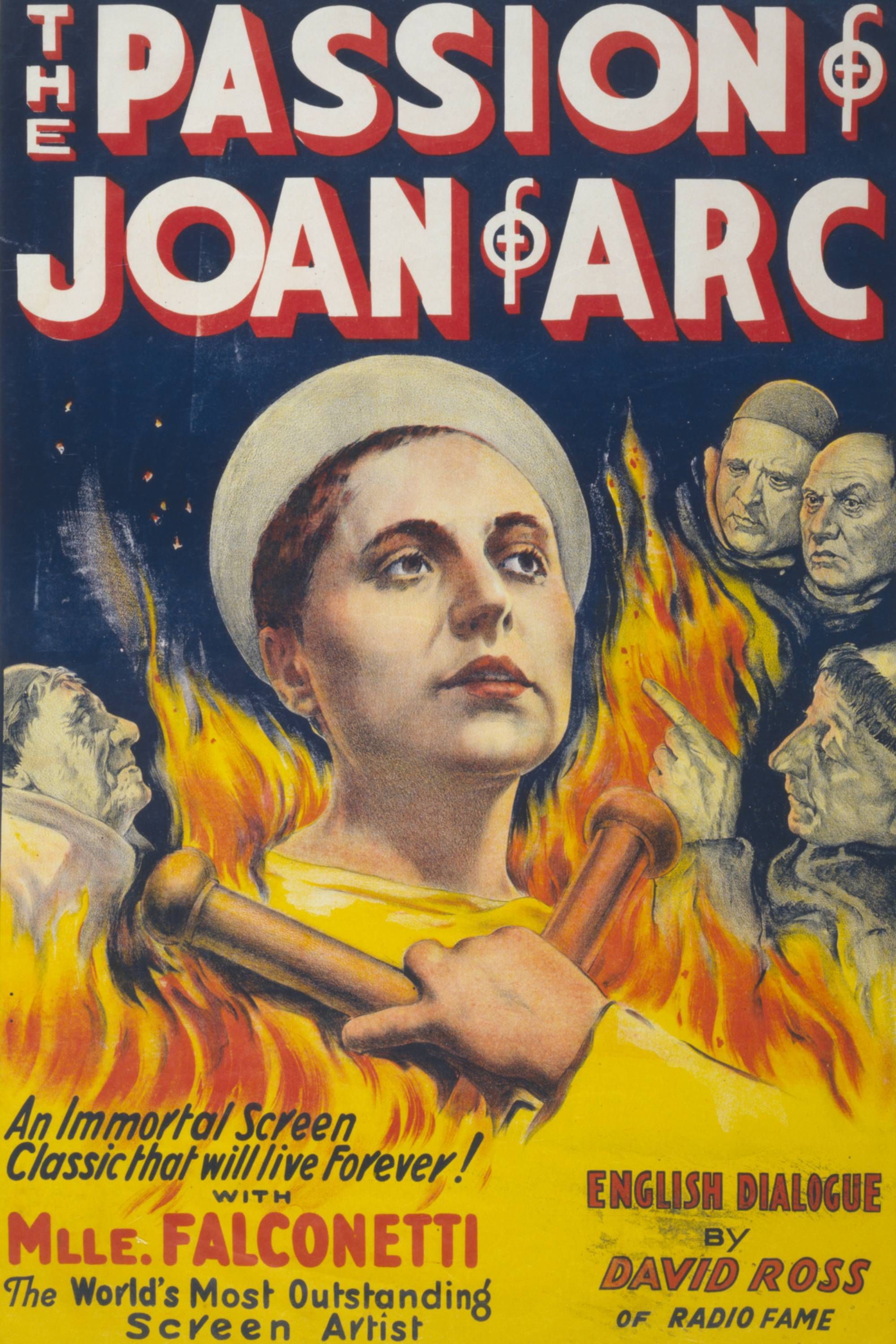
The Passion Of Joan Of Arc
- Release Date
-
April 21, 1928
- Runtime
-
82 Minutes
- Director
-
Carl Theodor Dreyer
2
‘The Treasure of the Sierra Madre’ (1948)
Directed by John Huston
“Badges? We ain’t got no badges! We don’t need no badges!” This movie also made Eggers’s top ten favorites, and he has also cited it as an influence on The Lighthouse. The Treasure of the Sierra Madre is a morally complex adventure examining the corrosive effects of greed. The story follows three down-on-their-luck men—Dobbs (Humphrey Bogart), Curtin (Tim Holt), and Howard (Walter Huston)—who venture into the Mexican mountains in search of gold. As their fortunes grow, paranoia and mistrust set in, driving them toward inevitable betrayal and violence.
The performances are fantastic, the Mexican wilderness around them is harshly beautiful, and the study of human corruption is spot-on. The film’s DNA lives on in projects like Breaking Bad and There Will Be Blood. The Treasure of the Sierra Madre won John Huston the Best Director Oscar, while his dad Walter took home Best Supporting Actor, the first time a father and son had won Oscars for the same movie.
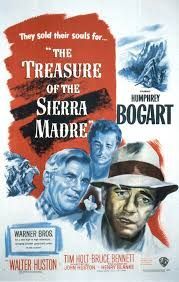
The Treasure of the Sierra Madre
- Release Date
-
January 24, 1948
- Runtime
-
126 Minutes
1
‘Fitzcarraldo’ (1982)
Directed by Werner Herzog
“If I abandon this project, I would be a man without dreams.” Another movie from Eggers’s Sight & Sound submission, Werner Herzog‘s Fitzcarraldo is one of the most ambitious and infamous productions in cinema history. It tells the story of Brian Sweeney Fitzgerald (Klaus Kinski), an obsessive dreamer who embarks on an impossible mission: hauling a massive steamship over a mountain in the Amazon jungle to establish an opera house in the middle of the rainforest.
The film’s production itself became legendary, as Herzog famously refused to use special effects, instead having an actual ship dragged over a mountain—mirroring the madness of the protagonist’s vision. The equally notorious Kinski was also reportedly difficult to work with, and the rainforest was a punishing shooting location. Still, some of the shots are brilliant, and Kinski’s performance is great. While it’s unclear whether all this was worth it, Fitzcarraldo remains, at the very least, a testament to unyielding artistic vision.
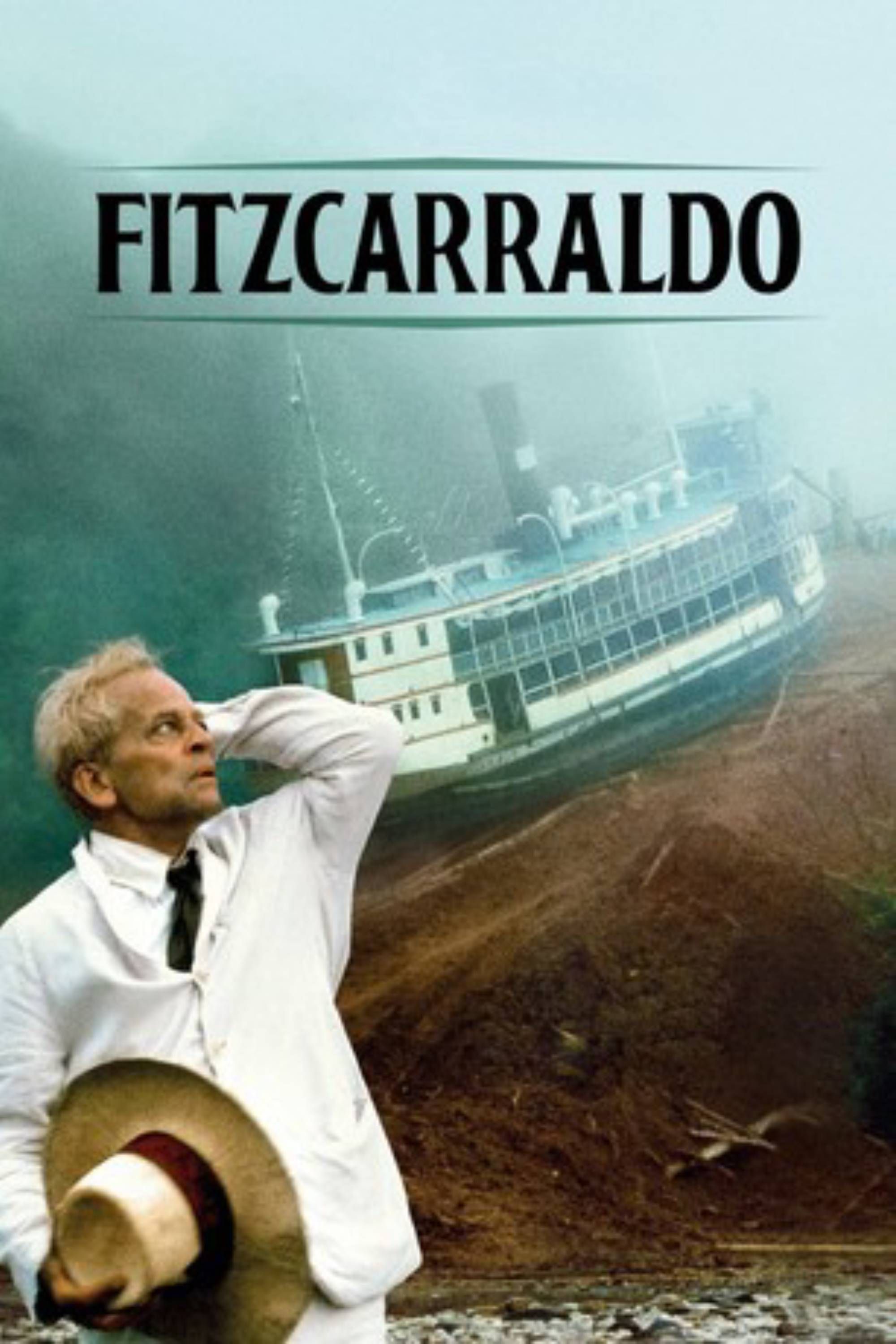
Fitzcarraldo
- Release Date
-
January 1, 1982
- Runtime
-
157 Minutes
- Director
-
Werner Herzog


